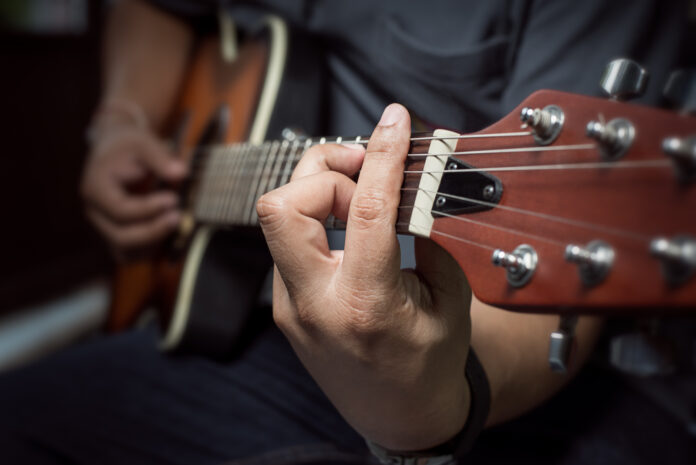
The guitar is one of the most versatile instruments in the world, and the key to unlocking its full potential is mastering guitar chords.
Whether you’re a beginner just starting or a pro player looking to expand your chord vocabulary, understanding how to play different chords is essential to your guitar journey. Hence, a guitar chord lesson is a must.
In this post, we’ll uncover the following:
- The basic and intermediate guitar chords
- The guitar chords progressions and diagrams
- How chords work on the guitar and a demonstration of some of the most common basic chords
So, to expand your guitar-playing knowledge, just keep reading.
Basic Guitar Chords
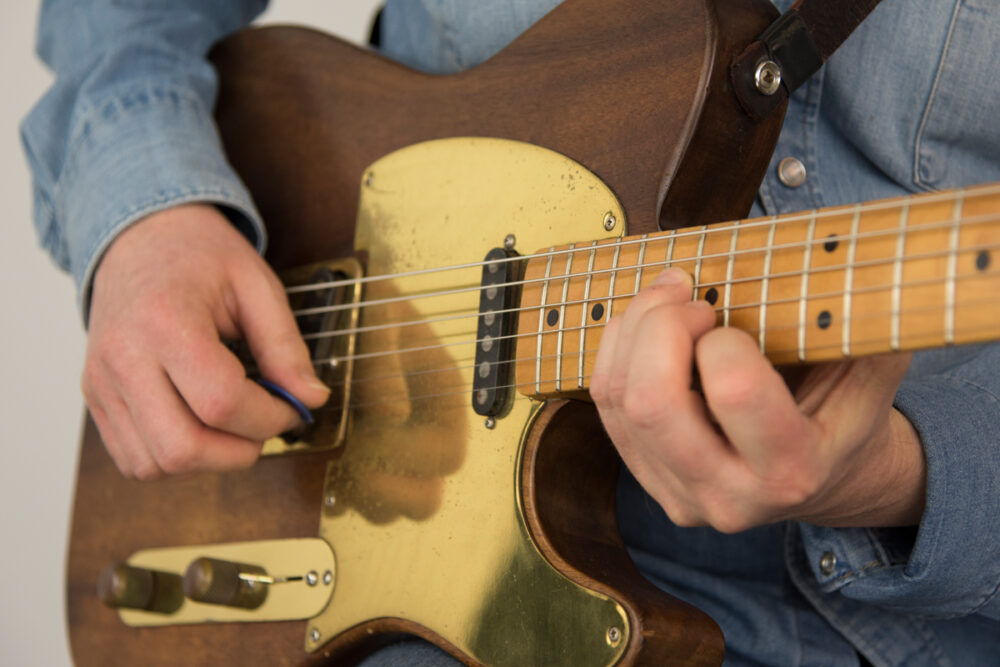
Before diving into the different chords, it’s important to understand how chords work on the guitar. A chord is a collection of notes played together at the same time. On the guitar, chords are created by strumming or picking multiple strings with your right hand while pressing on open strings or specific frets with your left hand.
Here are some common and easy guitar chords that every beginner should know to play guitar well:
C Major: The C major chord is one of the easiest chords to play on the guitar and is often used as a starting point for beginner guitarists. To play this chord,
- Put your middle finger on (A string) third fret.
- Put your second finger on the (D string) second fret.
- Position your first finger on the first fret of the (B string)
G Major: The G major chord is another easy chord often used in beginner guitar lessons. To play this chord,
- Place your third finger on the low (E string) third fret.
- Your second finger should be on the (A string) second fret.
- Lastly, put your first finger on the (D string) first fret.
D Major: The D major chord is a bit more challenging than the C and G major chords, but it’s still great for beginner guitarists. To play this chord,
- Put your third finger on the (A string) second fret.
- Your second finger should be on the (D string) second fret.
- Your first finger should be on the first fret of the (B string)
A Minor: The A minor chord is a bit more challenging than the major chords, but it’s still a great chord for beginner guitarists to learn. To perform this chord,
- Position your third finger on the low (E string) second fret.
- Place your second finger (A string) on the first fret.
- Your first finger should be on the first fret of the (D string)
E Minor: The E minor chord is a bit more challenging than the other chords we’ve covered, but it’s still a great chord for beginner guitarists to learn. To play this chord,
- Your third finger should be on the second fret of the (A string)
- Then place your second finger on the first fret of the (D string)
- Lastly, position your first finger on the first fret of the (B string)
F Major: The F major chord is a bit more challenging than the other chords we’ve covered, but it’s still a great chord for beginner guitarists to learn. To play this chord,
- Place your second finger on the (B string) first fret.
- Your middle finger should be on the second fret of the fourth string (D string)
- Then place your ring finger on the third fret of the fifth string (A string)
- Finally, Strum all six strings, careful not to hit the sixth string (E string), as it should not be played in this chord.
Chord Diagrams
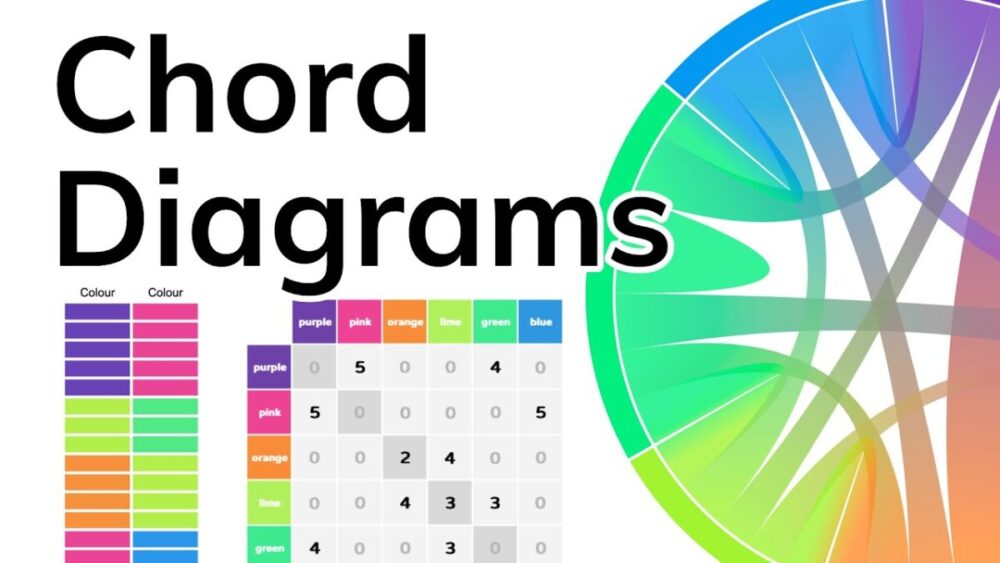
You can use chord diagrams to help you understand where to place your fingers. Chord diagrams are visual representations of a chord shape, which show you the location of the ring finger for each note on the fretboard.
You can easily find free chord diagrams online, or you can purchase a guitar chords chart to have on hand. Place your fingers on the dots in the chord diagram to play the chords and strum the strings.
Guitar Chord Progressions
In addition to learning individual chords, it is also important to understand chord progressions. Chord progressions are sequences of chords that are played one after the other.
Common chord progressions include:
- The I-IV-V progression.
- The ii-V-I progression.
- The iii-vi-ii-V chord progression above.
By learning chord progressions, you can play countless songs and begin to understand the underlying structure of music.
Intermediate Guitar Chords
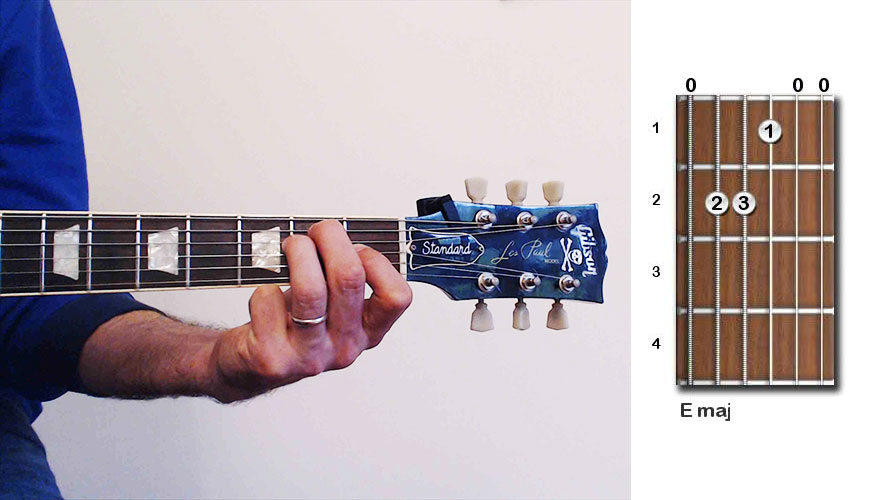
As you progress in your guitar playing, you may want to move from open chords to more advanced ones. These chords include barre chords, suspended chords, and ninth chords.
1. Barre chords
Barre chords are a great way to add variety to your chord progressions and play more advanced songs. To play a barre chord, place your index finger across all six strings at a specific fret and then place your other fingers on the other four chords and frets. Barre chords can be challenging at first, but with practice, you can master them.
2. Suspended chords
Suspended chords are another type of advanced chord that can add interest to your chord progressions. You must replace the third note with a second or fourth note to play a suspended chord. This creates a unique sound for power chords different from traditional major or minor chords.
3. Ninth chords
Ninth chords are chords that include an added ninth note. These chords are more complex than basic chords, and they can add a rich and sophisticated sound to most beginners’ chord progressions. You must add an extra finger to the fretboard to play a ninth chord.
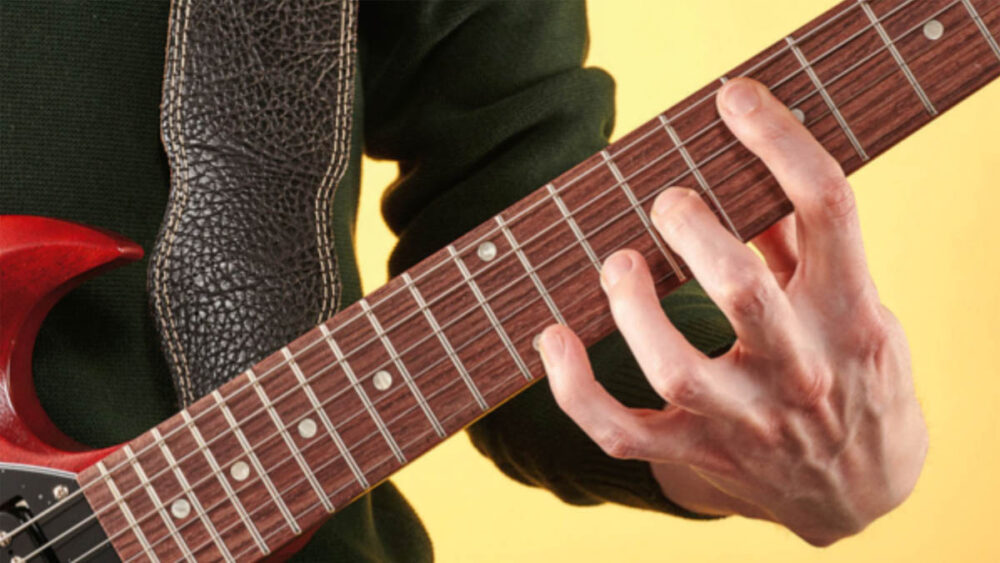
Final Thoughts
Mastering guitar chords is essential for any guitarist, regardless of skill level. From basic chords to advanced progressions, chords serve as the foundation for playing and soloing on the guitar. Following the comprehensive lesson plan outlined in this blog post, guitar players of all levels can improve their skills and take their playing to the next level.
Additionally, we highly recommend visiting Classical Guitar Shed for more resources and lessons on guitar chords. Their website offers many tutorials, exercises, and tips on all aspects of guitar playing, including chords, strumming, and soloing. With their guidance and practice, you can become a master of the guitar.








